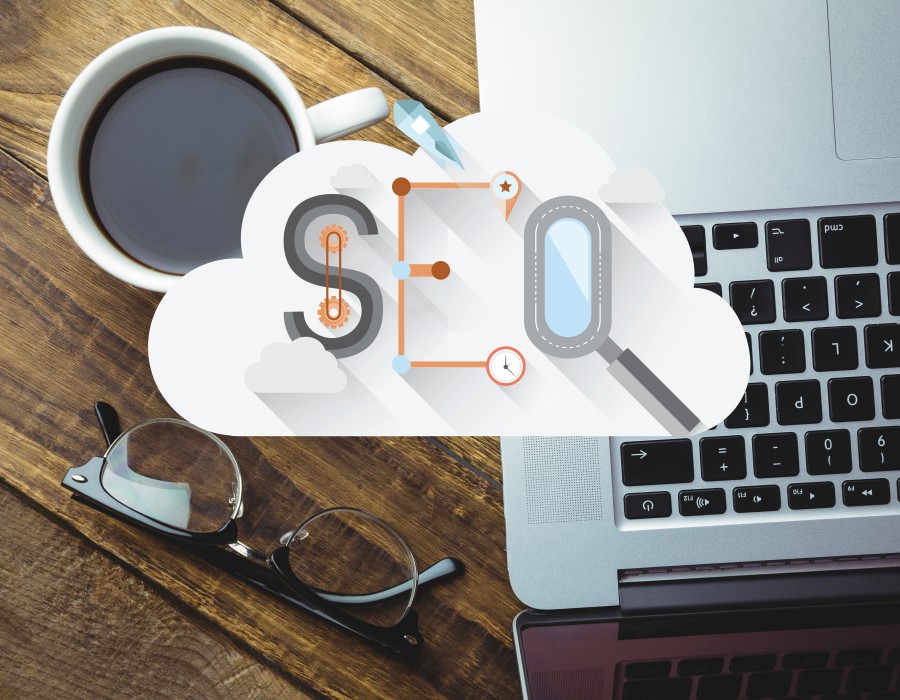In today’s fast-paced digital world, businesses need websites that are not only visually appealing but also functional and scalable. Traditional web development methods often require significant time and resources, but with the rise of Webflow, building modern, responsive websites has become more efficient and accessible. Whether you’re a business owner looking to launch a new website or a designer aiming to speed up your workflow, Webflow offers a powerful platform for creating dynamic and customized websites without the need for heavy coding.
In this ultimate guide, we’ll walk you through the essentials of Webflow development, its features, and why you might want to hire Webflow developer to bring your vision to life.
What is Webflow?
Webflow is a cloud-based web design and development platform that allows users to design, build, and launch responsive websites visually. Unlike traditional website builders, Webflow combines the flexibility of design tools with the power of development, making it ideal for both designers and developers. With Webflow, you can design layouts, set animations, manage content, and host your site—all in one platform.
What makes Webflow unique is its ability to generate clean, production-ready code (HTML, CSS, and JavaScript) based on your visual design, allowing you to create pixel-perfect websites that are easy to manage and scale.
Key Features of Webflow Development
1. No-Code and Low-Code Flexibility
One of the biggest selling points of Webflow is its no-code capabilities, which allow non-developers to design websites with ease. The platform provides a drag-and-drop interface for designing layouts, choosing fonts, and adding images, all while automatically generating the necessary code in the background.
However, Webflow doesn’t limit developers who want more control. Developers can still dive into the code for custom interactions, animations, and integrations. Whether you’re a designer or a developer, Webflow offers a flexible solution that accommodates both skill sets.
2. Responsive Design Made Easy
In the past, creating a responsive website—one that works well across all devices—was a complex and time-consuming task. With Webflow, you can design your website for different screen sizes (desktop, tablet, and mobile) using a single platform. Webflow provides a visual preview for every device, ensuring your design looks great on every screen without needing separate mobile versions.
This feature is especially useful for developers and designers working with clients who want a consistent user experience across all platforms.
3. Content Management System (CMS)
Webflow’s CMS allows you to manage dynamic content, such as blog posts, product listings, or news articles, without writing a line of code. It’s easy to create custom fields to match your content structure, and the CMS is flexible enough to handle various types of content, whether you’re building a blog, portfolio, or e-commerce store.
For businesses with frequent content updates, the CMS simplifies content management by allowing your team to update the site without technical know-how. You can set up templates that automatically pull content from your CMS collections, streamlining the process of adding and updating content.
4. Hosting and Performance
Webflow provides fast, secure hosting powered by Amazon Web Services (AWS), ensuring that your site is fast and reliable. This means that you don’t need to worry about third-party hosting services, server maintenance, or performance optimization—Webflow takes care of everything. The platform also offers SSL certificates and built-in SEO tools, so you can rest assured that your site is secure and optimized for search engines.
The hosting is also integrated with a Content Delivery Network (CDN), which ensures that your website loads quickly for visitors across the globe. This is essential for both user experience and SEO rankings.
Why Hire a Webflow Developer?
While Webflow is user-friendly and accessible to designers and business owners, it can still benefit from the expertise of a Webflow developer. Here are a few reasons why:
- Custom Development: If you need advanced functionality, such as custom interactions, API integrations, or complex animations, a developer can customize your Webflow project to meet your needs.
- Time Efficiency: Hiring a Webflow developer can save you time. They’ll be able to implement complex features quickly and ensure that everything is working perfectly across all devices.
- Optimization: A skilled Webflow developer can ensure that your website is optimized for performance, security, and SEO, so your site functions smoothly and ranks well on search engines.
Conclusion
Webflow has revolutionized the way websites are built, offering a powerful platform that combines design and development in one place. Whether you're looking to build a sleek portfolio, an e-commerce store, or a content-driven site, Webflow makes it easier to create modern, responsive websites.
If you want to take full advantage of Webflow’s capabilities and ensure your website meets the highest standards, it might be worth your while to hire Webflow developer who can bring your vision to life with custom solutions, speed, and expertise.
With Webflow’s flexibility, scalability, and ease of use, you can build a site that not only looks great but also performs flawlessly across all devices. Embrace the future of web development with Webflow! 🌍





Comments